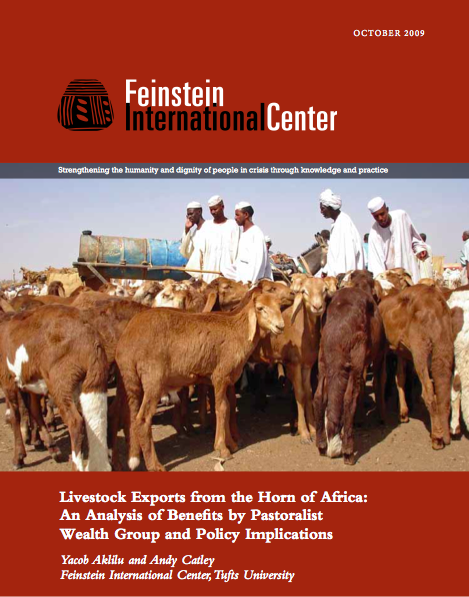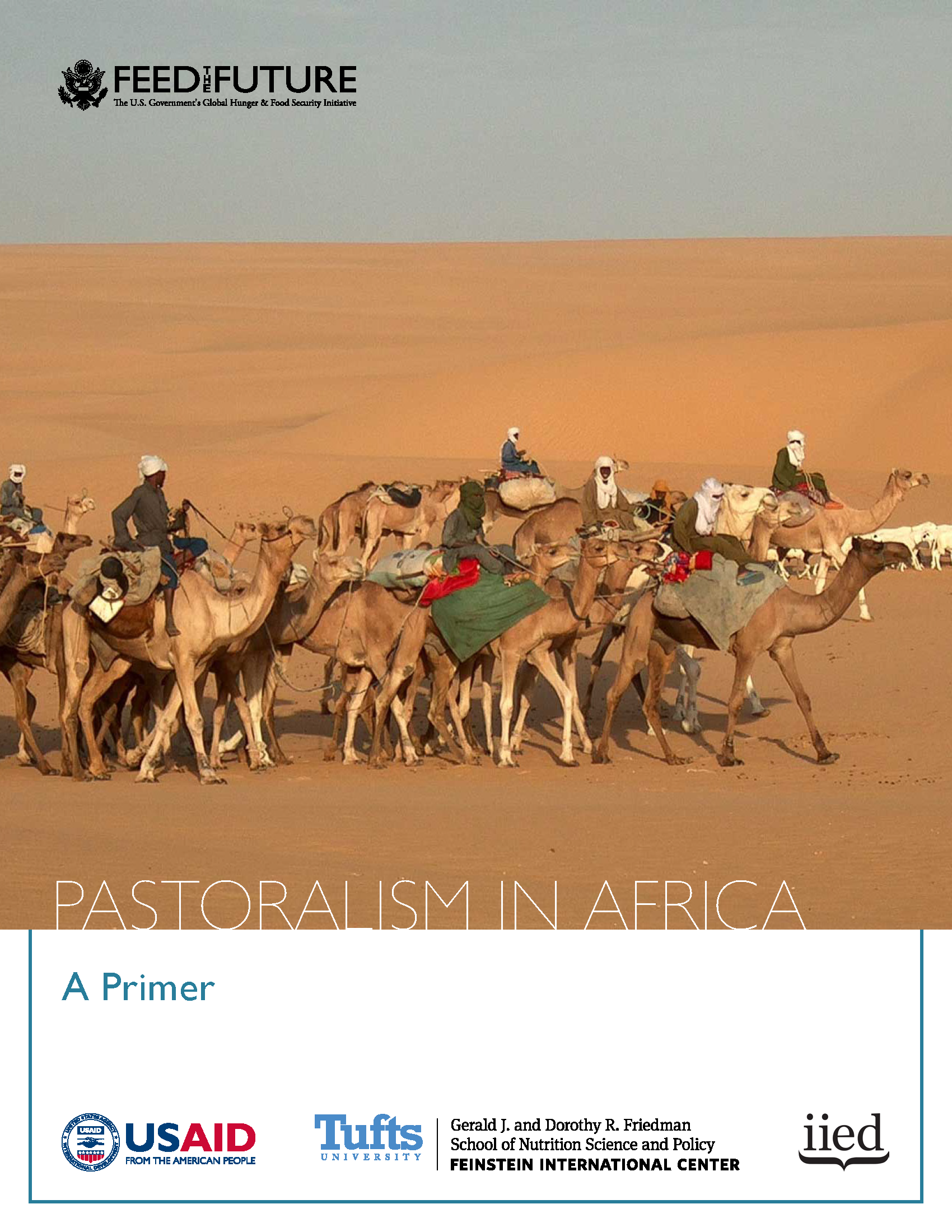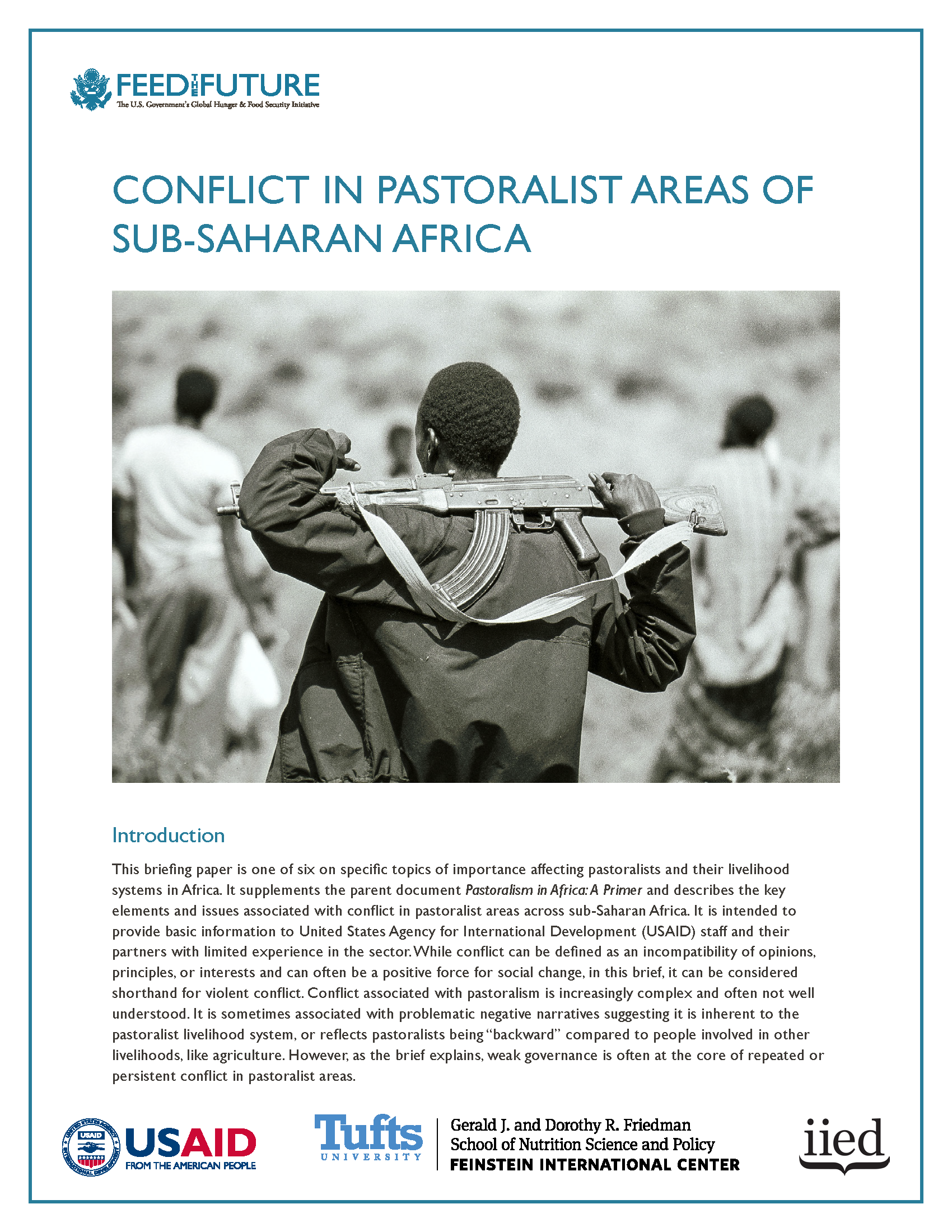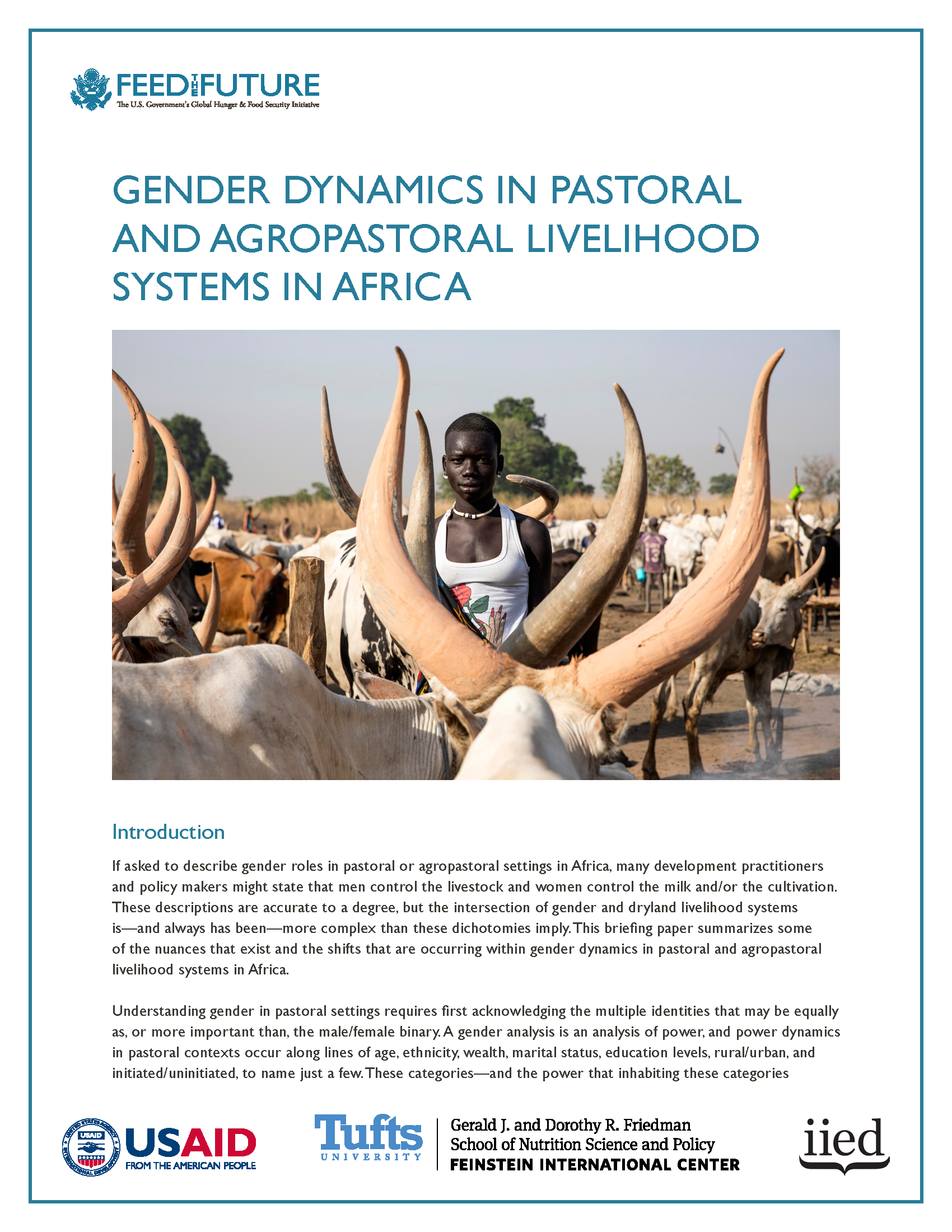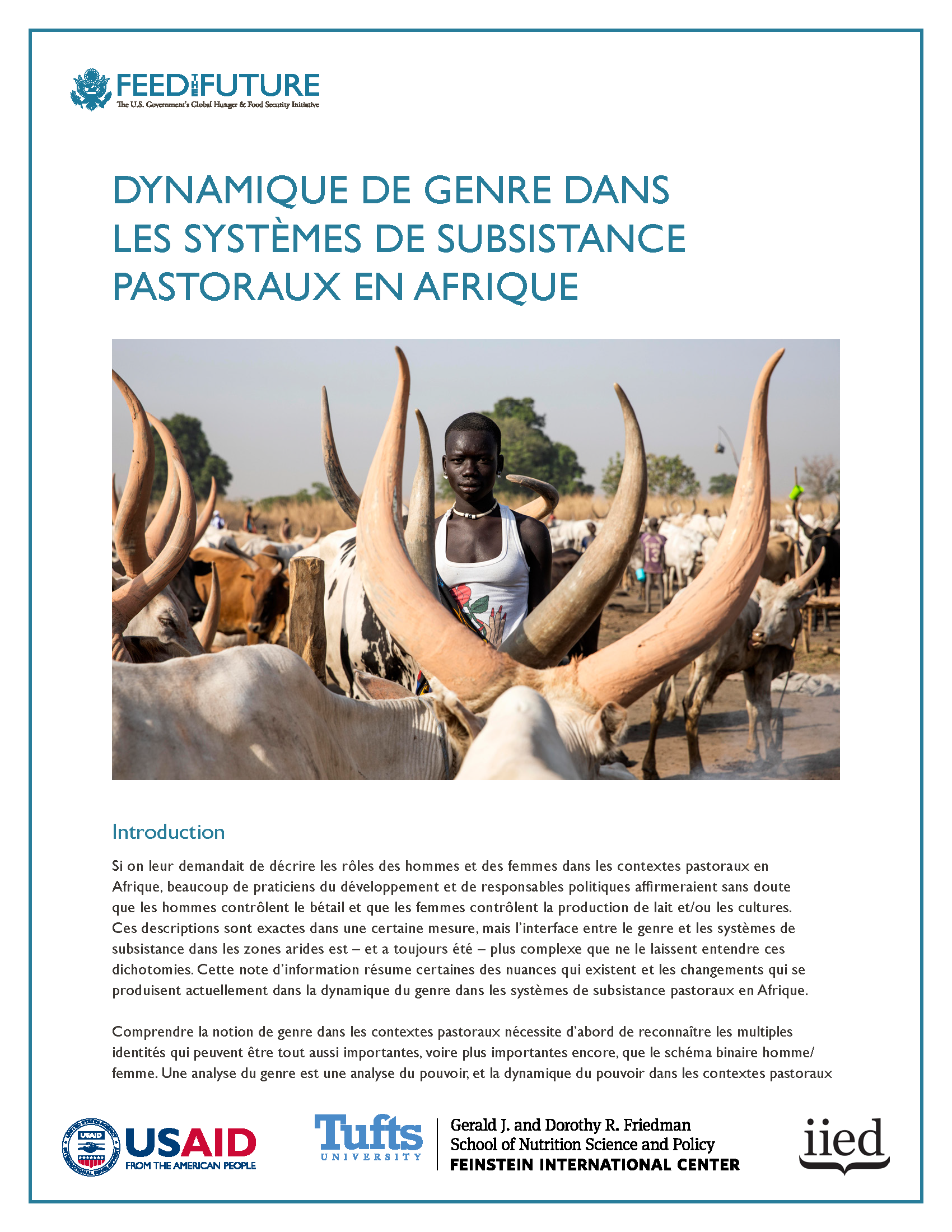Support to the export of pastoralist livestock from the Horn of Africa is often viewed by aid organizations as a key poverty reduction strategy. Drawing on existing literature and field research in Ethiopia, Kenya and Sudan, this report examines if and how different wealth groups benefit from the export trade. It looks in detail at the household-level economic strategies of different pastoralist wealth groups and their marketing behaviors, and concludes that in terms of poverty reduction, poorer herders benefit least from livestock exports.
The report also explores the apparent contradiction between increasing levels of pastoralist destitution in the Horn, and increasing exports of livestock and livestock products. The reports suggest that this trend is due to a long-term process of commercialization in ‘high export’ pastoralist areas. The trend is associated with a gradual redistribution of livestock from poorer to richer households. As richer households sell more animals, they supply the export markets while poorer households fall out the pastoralist system. If correct, these findings have major implications for poverty reduction strategies in pastoralist areas.

